Any context of any time will either be uniquely shrill or be nothing at all: I dub this as the hook for the art show Telling images/Imagining stories curated by Diana Marincu, which deconstructs in a humbly-perverse manner (the effects of fascination and nostalgia all at once) the spurt of any character desperate enough – in the language of pop-culture or in line with advertisement or TV cursivity – to contain their story or, more rightfully so, “have a story”.
The medium of artist-run-phone (as its own conceptualization) of accumulated phone snapshots by the artist Flaviu Cacoveanu mutilate and rob the story of any formal skeleton / residual chance of ever contracting into a logical narrative, an element competing with a kind of poetic blur-flash effect equal to the logic of videos (what novels were for the Romanian artists in the 60s – said Gheorghe Crăciun in a text on Radu Petrescu): I recall a cynical photograph (it was a screenshot actually) of the status I’m part of a generation that is going to change something – feeling excited which was part of the album afferent to the walls with visual vapourish-melancholic variations. The images sweating (almost false) stories in order to build nano-worlds also build the artist’s ABCDEFOREVER book, a spelling book for necessary distortion, for any sense bubble that lasts longer than a click on a digital screen.
A korai évek – André Kertész (2013) by Adorjáni Márta is a multi-layer caricature of the narrative dream – over which the contours of possible sketches, intrigues, solutions go rhythmically insane. Paradoxically, the artist would rather save the musicality of the image and text using an interesting gimmick: she cuts from the book with the same title names, words and graphic elements, thus obtaining visual micro-transpositions which appear to narratively reinterpret semi-volatile ciphers. The mapping effect, with the added goal of reformatting, nicely works the viewer’s expectance horizon which is aesthetic-ethically accountable for both the updated folding of the initial object (using essential elements of primitive photography over-imposed) and the need for fidelity when faced with the primer-opera. There is also a kind of theoretical ultraneo-postmodern slip – for the one torn between the discotheque spectrality due to plurality and the nostalgia for the familiar perimeter.
The broken nostalgia with a bit of Günther Anders flavor and a little bit of technophille aroma in fact updates Norbert Costin’s work The Dress. The Stockholm artist who distinguishes himself, in the economy of our analysis, with the title of a 2016 exhibition (I am the invisible man, The Museum of Contemporary Art Bucharest) elegantly re-polishes adequacies that indicate perceptive fluidity and an almost noir need for lynching hierarchical objectivities, even when using the non-colors of the initial photograph, “ideologically” privileged by the silk print (used for reinsertion). It’s not a cassock, nor a uniform-costume (though it may seem so), but an “abandoned” dress that only pairs with ephemeral dispositions that still hold one fleeting reminder (imprint) of presence. It might be the hologram of Musil’s man without qualities, the invisible man that artists questioned just a few years back…
My gaze was met with incident along with doses of 50s/60s discreet anonymous comeback: Oana Hodade finds in Oszer a series of old photographs over which she folds her own creativity. Strips of personal-anonymous statements, flashes written down in pencil underneath the photographs and a dialogical ping-pong in the headphones – of deciphering, of reinventing actually – about certain possible narrative framing of the characters (never quite going all the way, like Artaud’s obsession with the thought that never fully forms – herein lies the handicap of thinking, of… narrating, after all), to graft and boost the concept of the archive. The archive as a new processuality and consensus, repositioning and poetic grinding with the other, the archive as an eternal actual-becoming are illustrated in the artist’s installation. It was duly noted that this is an “non-variant” practice, with numerous artists building their own sensoriality from arbitrarily found images, something that happened to synchronize with an acute need for an alien, for unfamiliarity – when the new wears off this fast, fresh information doesn’t need long before it depreciates and becomes an anxiety catalyst. But the cracks in the system occur via perception aggression with the aliens of the past.
All of Nita Mocanu’s videos always conjure up the sensation of a truly… nonhuman environment. I am in fact taking part in poetic-autistic hooks of a forever watchful voice on a (imaginary) mega sanitized beach. Erasing the purpose of dreams, which underlays the artist’s two films, is disturbing precisely due to nature’s constant insinuation from underneath all the alien sound layers. Nature tangling the voice anhedonia and the minimal–visceral game (a hand that seems to be scratching itself).
The improbability of the affect of the digital generation is adequately captured by “the cinematographic moment” exhibited by Adela Munteanu. By exposing the roles of film she found in the Cluj Film Deposit (abandoned in the 90s) she evokes a kind of homage to these veritable artist-hoarders, recycling as if they were suffering of Tourette: from youtubers/ vaporwave poets or artists who are more or less mainstreaming, climaxing at the textures of the 80s.
Esra Oezen goes further with researching the contemporary turing in the face of the flash, naming his video (as if ridding himself of any artsy registry): Documenting a performance. Filming the almost compulsive photographing of a forest by the artist, meaning the deconstruction and the un-estrangement of the poetic elements of a performance, is competing with the artist’s hook at a level of perturbing effect: the forest – an ironic new-age insert, we could say, if we went a little further, maybe.
Lucian Indrei explores, with the instruments of chemicals, of psychedelics, the broken gain of microimage. So a transmission is produced, the artist initiates it by urging us to pay quasi-attention to the quote between a few square centimeters of colors. An imix of this kind can harden or catalyze the affect, it can produce unpredictable associations: thus, a dialog takes place.
Telling images/ Imagining stories is at Domino in Cluj between February 17 – March 24, 2017.
Artists: Adorjáni Márta, Flaviu Cacoveanu, Norbert Costin, Oana Hodade, Lucian Indrei, Nita Mocanu, Adela Muntean, Esra Oezen
Curator: Diana Marincu
POSTED BY
Cosmina Moroșan
Ph.D. student in the Literature department at the University of Cluj. She writes poetry, about poetry / literature and art; she develops social-pop-nonhuman hybrids on the territories of music and vis...
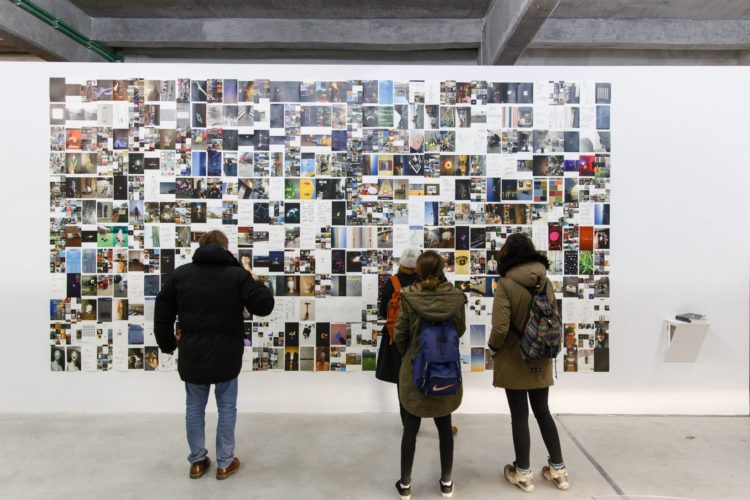
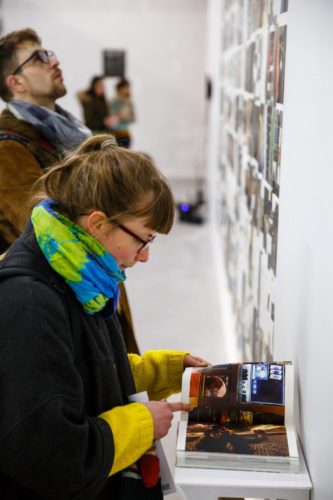
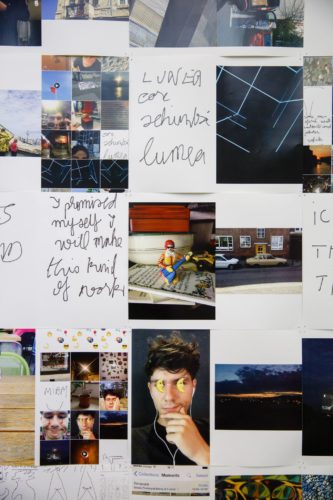
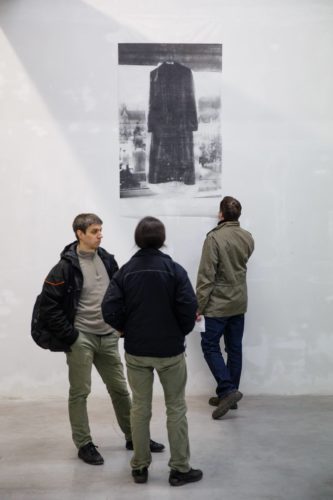

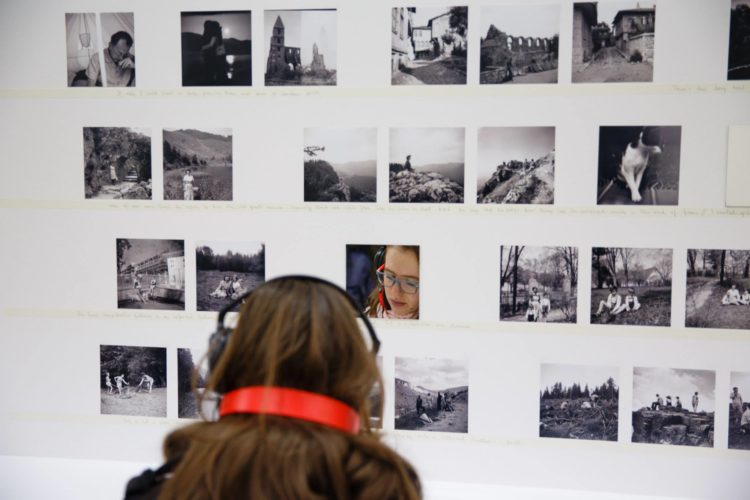
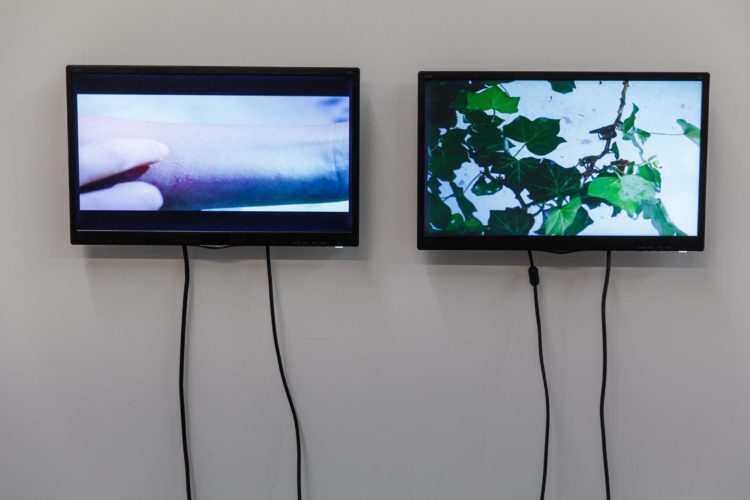
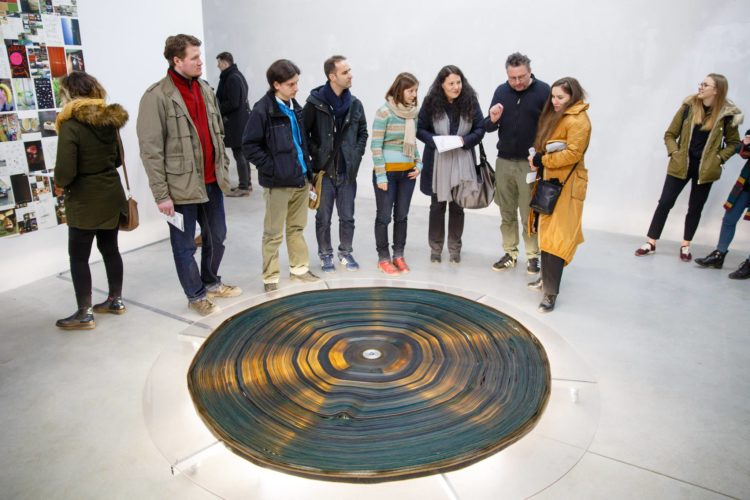
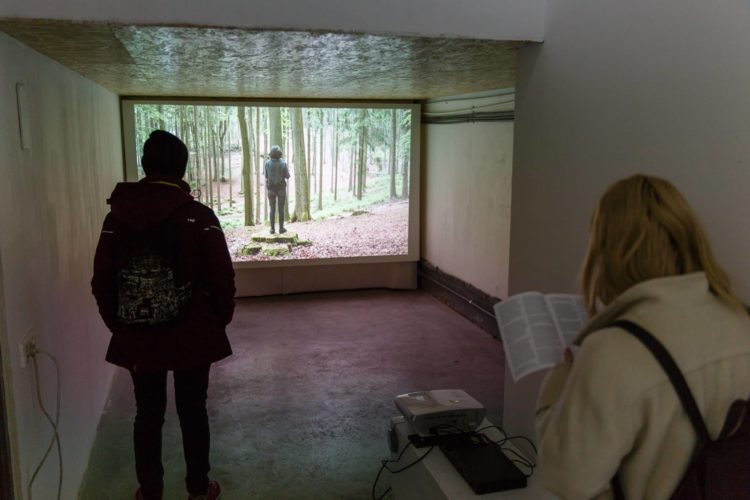
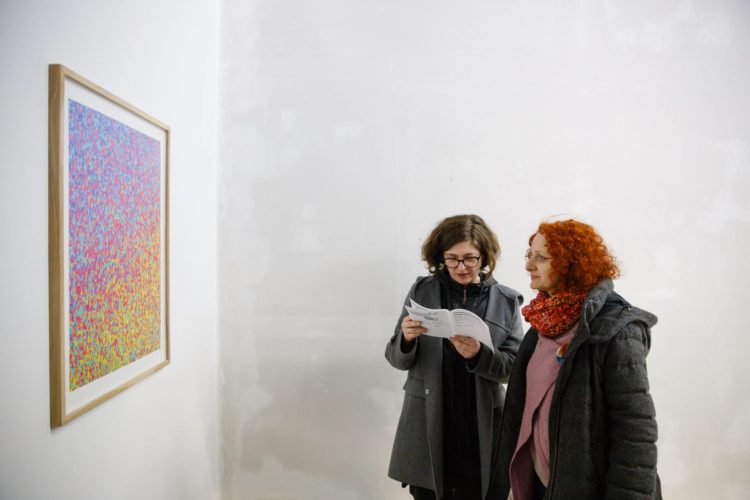
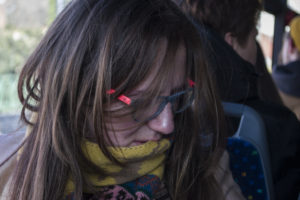
Comments are closed here.